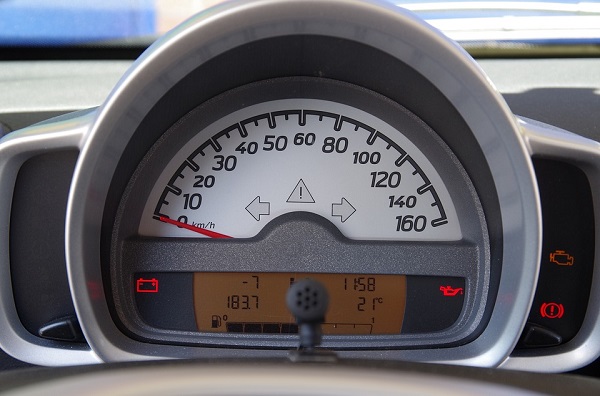Welcome back to #troubleshoottuesday. If your car is equipped with a low oil pressure gauge from factory consider yourself lucky. A lot of cars won’t have this option and it is a shame because it can help indicate a problem before it is too late. That being said, the factory gauge should be used as an indicator only and should not be relied on for full diagnostics of your problem. If you suspect that you have low oil pressure due to an oil light or pressure drop on your instrument cluster I do not suggest you drive the car further until you can fix the problem.
My first recommendation is to hook up a mechanical oil pressure sensor to your car. This will let you see the “true oil pressure”. Oil pressure gauge tester kits can be bought for fairly cheap online or often rented at your local auto parts store. Once you get it plugged in, you can begin to verify if you are truly having a low oil pressure condition or if the problem is a faulty sensor.
TROUBLESHOOTING LOW OIL PRESSURE
Here are some tips on what you can look at as possible causes for low oil pressure in your car.
- If your mechanical gauge is showing that your pressure is within manufacturer specifications but your oil light or dash gauge tells you differently, you could possibly have a bad oil pressure sending unit. This is a common failure for many vehicles.
- Have you checked your oil level? Any time you are low on oil it could result in lower pressures.
- Have you used a high quality and proper grade of engine oil? Your car will call for a specific viscosity such as 5W30, 10W30, etc. If you start changing oil weight you may be using too thick or too thin of an oil which can cause problems. If your car calls for conventional oil there is no harm in running synthetic, but if your car calls for synthetic I would not recommend running conventional.
- Have you done an engine flush to help insure that no debris, sludge or particles are blocking any oil passage ways within the engine? You can buy engine flush at many auto parts stores. My only experience is with Amsoil’s engine flush additive and I have had very good results. If you are going to be changing the oil while experiencing low oil pressure symptoms, I recommend running a good flush at the same time.
- Check your oil filter. Look for damage. I recommend removing it to see if it is clogged and replace it with a new high quality one even if you cannot see a clog. There have been instances where pieces of the filter (either metal or rubber) have broken off and clogged the oil passageways causing engine failure and low oil conditions. I personally trust WIX oil filters, but any high quality filter will do.
- Have you pulled your oil pan off and checked your oil pickup tube? It is possible that something has clogged or restricted your oil pickup. If the pickup can’t suck up oil from the pan to be pumped around the engine, you will have low oil pressure.
- Have you checked your oil pump? A failing oil pump can cause low oil pressure symptoms.
- How many miles are on your engine? Have you noticed metal sparkles that look like glitter in your oil when you pull the dipstick? Engine and bearing wear can cause low pressure. Signs of metal in the engine oil indicate catastrophic failure internally.
CONCLUSION
Hopefully the above has helped you work through your car repair. Be sure to subscribe to our posts so that you do not miss out on future troubleshooting tips!
To subscribe, enter your email into the subscription box to the right if you are on a desktop computer and at the bottom of the page if you are on mobile. You can also follow us on Instagram @highperformancejunkies
Do you have a suggestion on something you want us to cover in our #troubleshoottuesday segments? Let us know through our contact us page

Other articles you may be interested in:
minor car scratch repair | deep scratch and key marks repair guide | frame rust repair guide | car start problems | engine hard to start troubleshooting

